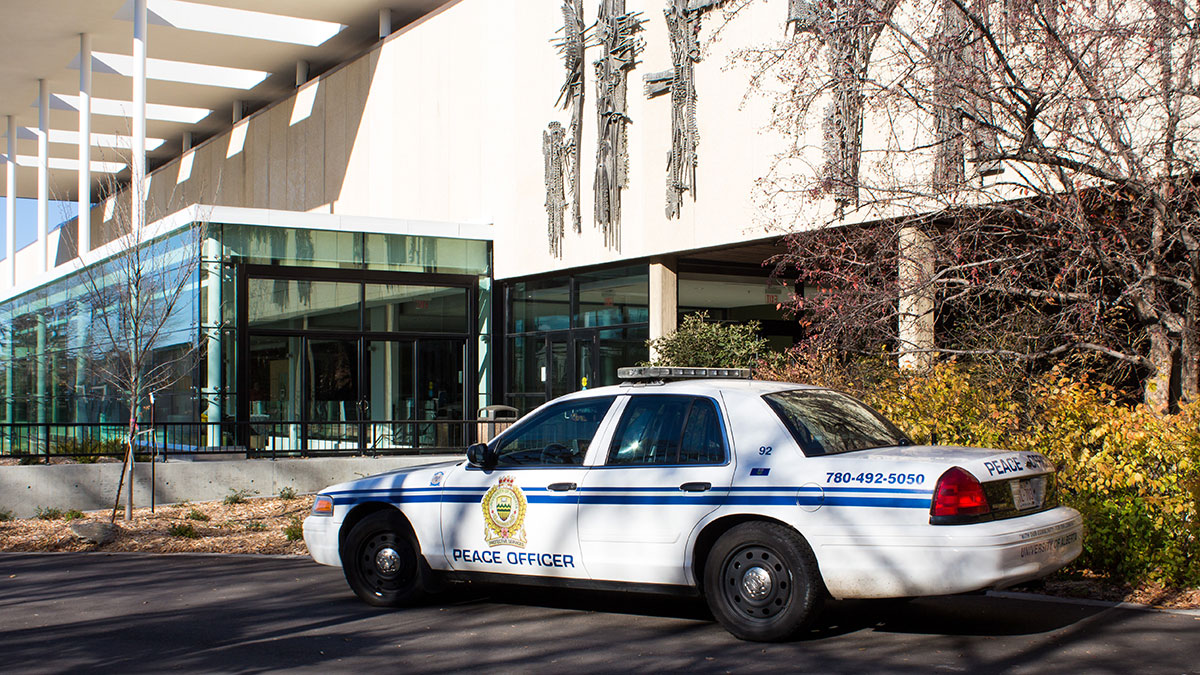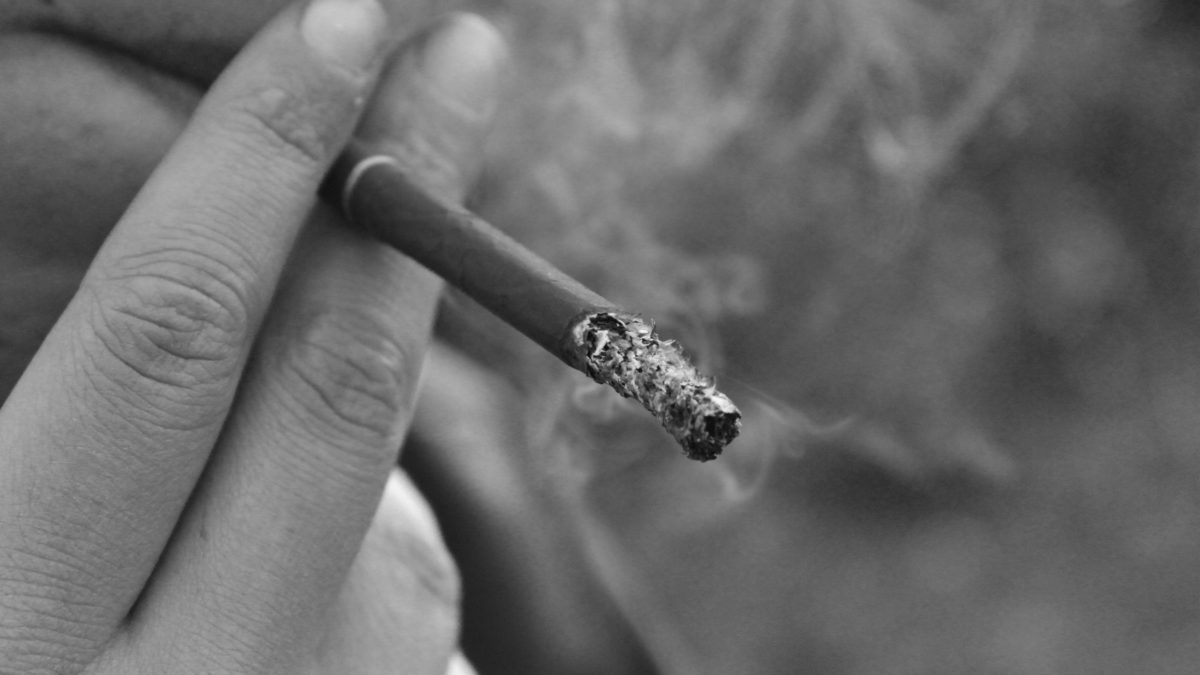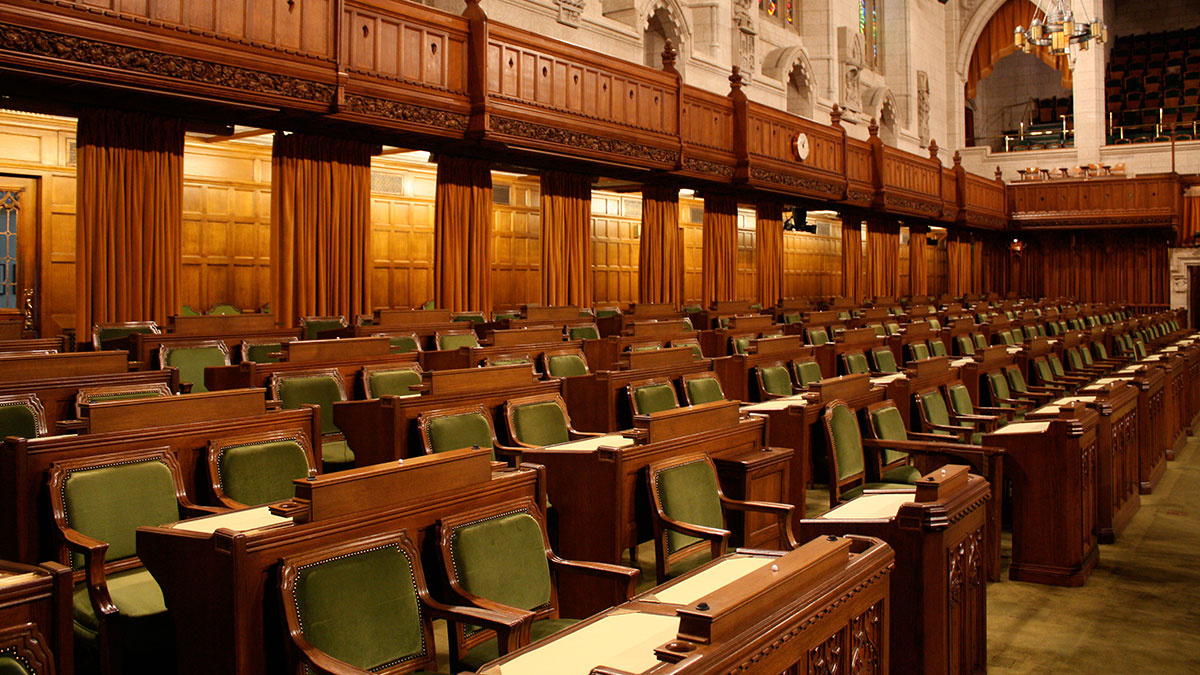 Christina Varvis
Christina VarvisStudents deserve to feel safe at the University of Alberta. A campus that we give thousands of our dollars to should be invested in our safety.
That’s why the university’s setting aside $2 million towards increased security around campus, with $600,000 of that going to HUB, this has been lauded as a win — as it should be.
However, a closer look at these commitments reveal issues with the ways in which we discuss campus security, and what it implies about how we secure spaces.
Part of the plan relies on increasing policing on campus, which fills a counterproductive and myopic goal. Insisting on higher police or UAPS presence fails to address the issues faced by campus; instead, it only works towards increasing security for select students while further criminalizing people who don’t need to be.
In all, more police on campus won’t make campus safer.
More police will mean that racialized students, who likely already face higher discrimination off-campus, will continue to face that discrimination on campus. A 2017 report showed that Edmonton police performed street checks on black and Indigenous people (particularly Indigenous women) at disproportionate rates. For many black, Indigenous and racialized peoples, this report simply proved what many had already experienced or felt.
Regardless of whether it’s UAPS or EPS, increased patrolling of “high-risk” areas by nature demands
The reality is that many racialized students already feel the gaze of officers on campus; our actions are patrolled, our humanities hinged on whether we’re seen as acting as “criminals.” Giving more power to officers won’t increase security for
Beyond this, the impact this will have on people who aren’t students, who may be seeking refuge or warmth, is that their attempts for help will be met with punitive measures.
Security fears are real, there’s no doubt in that. However, advocacy has often implicitly cast people who seek refuge in places like HUB as entirely criminal, rather than in distress.
It makes little sense for our advocacy to always rely on pursuing remedies that further criminalize people who need help. The constant urge to cast people as intruders within the university space hides something much sourer — the idea that not everyone is seen as belonging on campus. Crime doesn’t belong on campus, but people in distress and people who commit crimes shouldn’t be defined by crime, nor should our advocacy ostracize and other people who already lack advocates.
Beyond policing,
The university is a place of intellectual flow and stimulus. We should have no reason, then, to constantly try to address our issues in the same old ways. Instead, advocacy, as well as administration, should seek to operate through structures of harm reduction and towards humanizing responses. This can mean including safe needle disposal and advocating for needle exchanges closer to campus, for example.
While the university’s plan is an important start, it needs to consider security in more creative and long-term ways going forward. This means reassessing what happens when we increase police presence and engaging with people deemed security threats in more rehabilitative ways.
In our advocacy moving forward, we need to be more, not less, compassionate to all on our campus.




